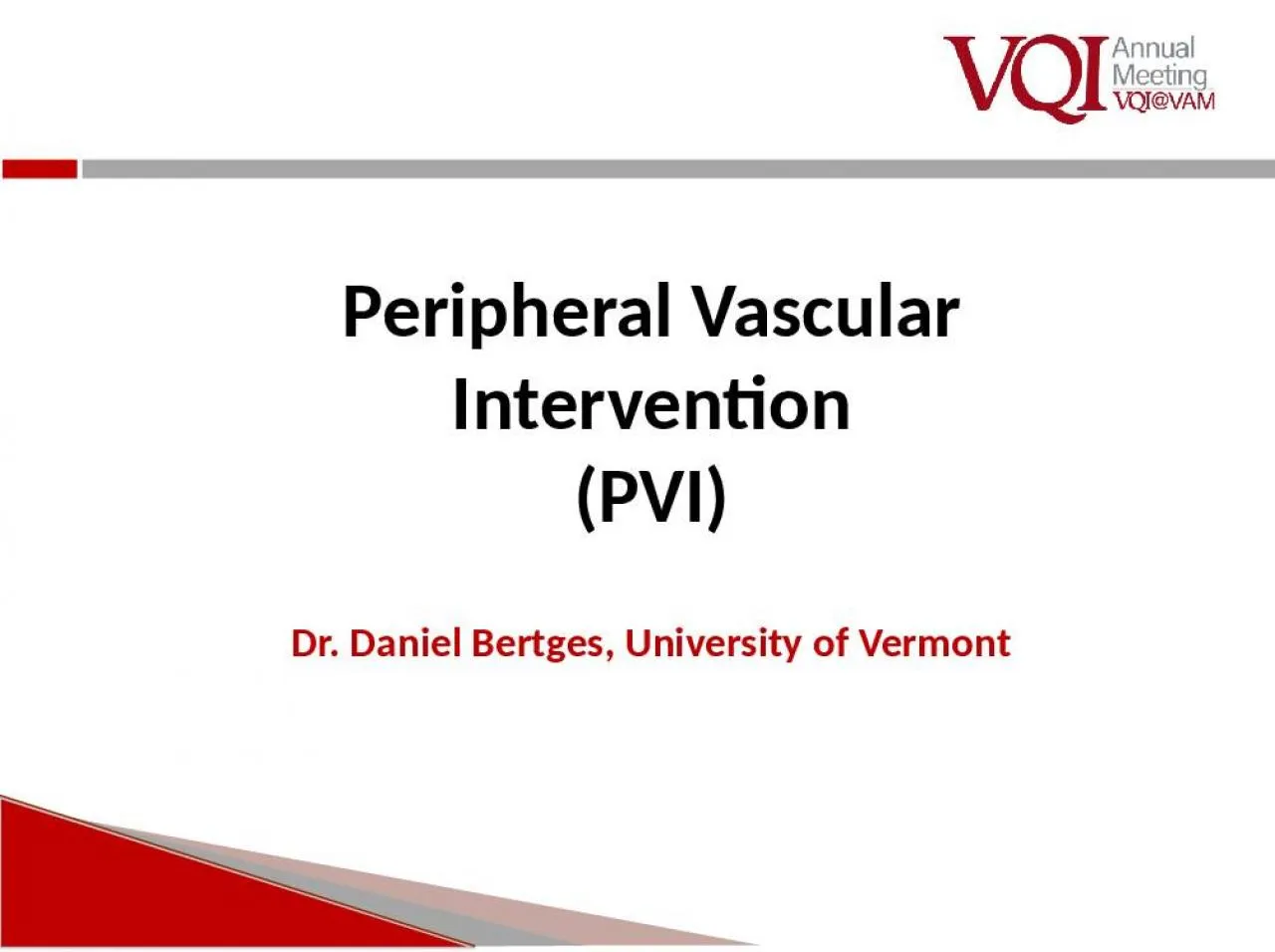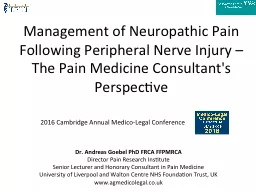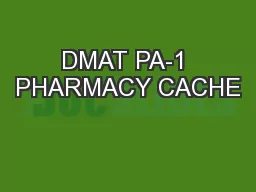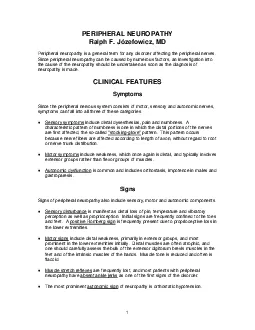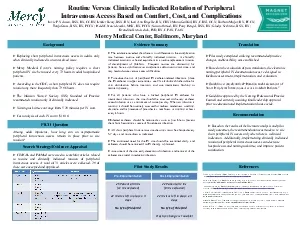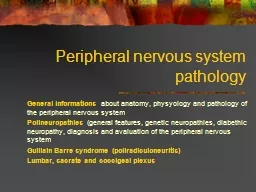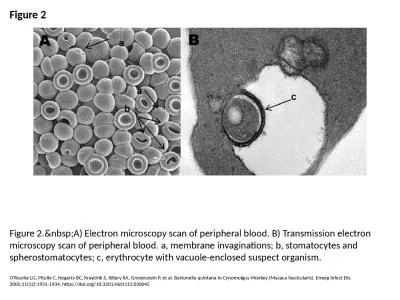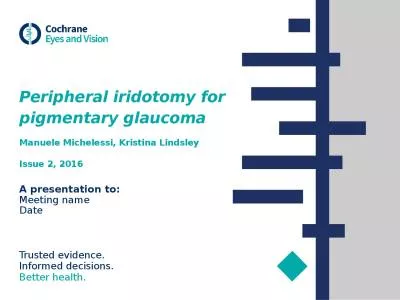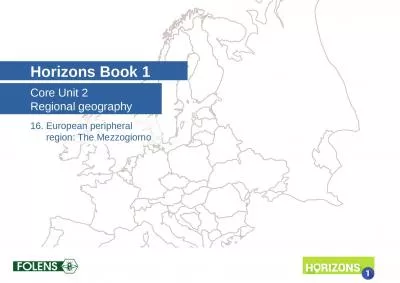PPT-Peripheral Vascular Intervention
Author : sophia | Published Date : 2022-05-14
PVI Dr Daniel Bertges University of Vermont Deidentified case review IRR variable variation discussion General Q amp A for PVI Agenda Independent audit Please
Presentation Embed Code
Download Presentation
Download Presentation The PPT/PDF document "Peripheral Vascular Intervention" is the property of its rightful owner. Permission is granted to download and print the materials on this website for personal, non-commercial use only, and to display it on your personal computer provided you do not modify the materials and that you retain all copyright notices contained in the materials. By downloading content from our website, you accept the terms of this agreement.
Peripheral Vascular Intervention: Transcript
Download Rules Of Document
"Peripheral Vascular Intervention"The content belongs to its owner. You may download and print it for personal use, without modification, and keep all copyright notices. By downloading, you agree to these terms.
Related Documents

